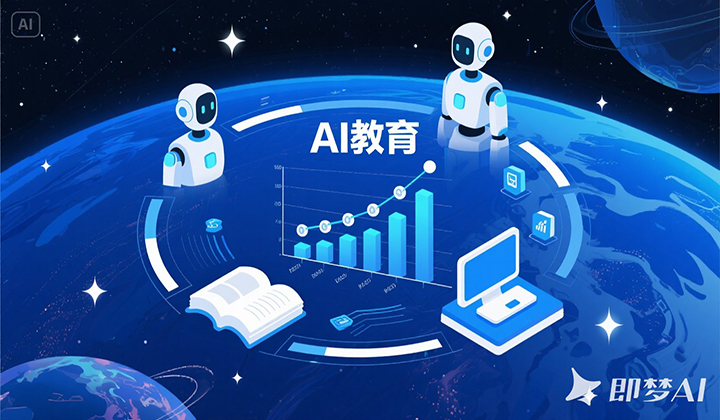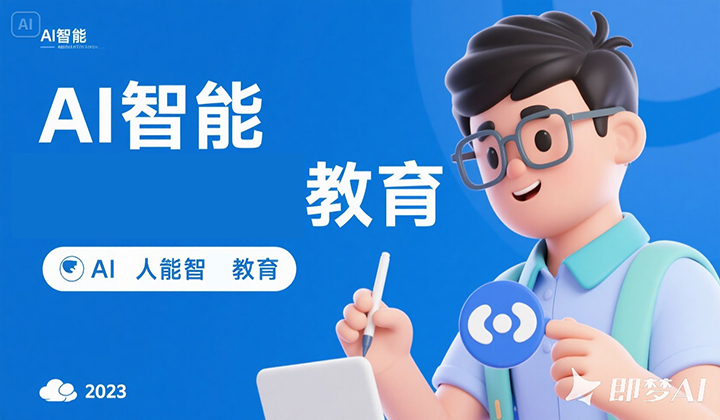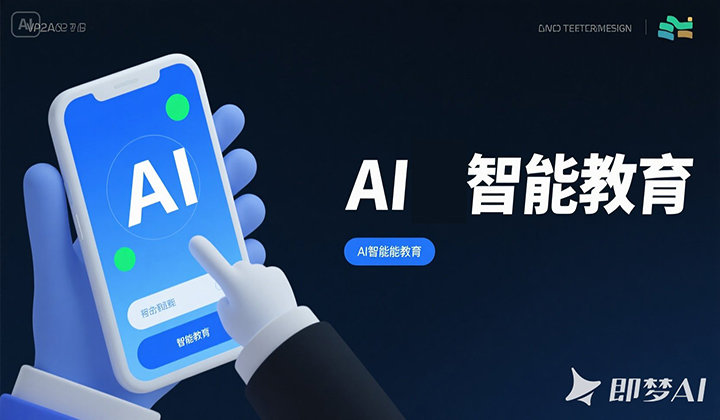20 Transformative Benefits of AI-Powered Education
20 Transformative Benefits of AI-Powered Education
I. Personalized Learning
-
Adaptive Curriculum Design
AI platforms like DreamBox adjust math problems in real time based on student performance, improving test scores by 28% compared to static textbooks (RAND Corporation, 2024). -
Neurodiverse Support
Tools like Microsoft’s Immersive Reader customize text formatting for dyslexic learners, boosting reading comprehension by 2.3x (Microsoft Research). -
Self-Paced Mastery
Khan Academy’s AI tutor allows students to revisit concepts until proficiency is achieved, reducing grade repetition rates by 17% (MIT Study).
II. Accessibility & Equity
-
24/7 Global Access
Coursera’s AI chatbots mentor learners in 52 languages, reaching 4.7 million users across 190 countries. -
Low-Cost Education
Duolingo’s AI-driven language courses cost 5/monthversus5/monthversus50/hour for traditional tutors, democratizing language learning. -
Disability Inclusion
Google’s Project Euphonia enables non-verbal students to communicate via AI with 89% accuracy. -
Rural Education
Kenya’s Eneza Education delivers AI tutoring via basic phones to 2.6 million rural students at $0.10/week.
III. Teacher Empowerment
-
Automated Grading
Gradescope AI grades 10,000+ assignments daily with 92% accuracy, saving teachers 15 hours/week (UC Berkeley Case Study). -
Lesson Plan Assistance
MagicSchool AI generates draft lesson plans in 10 seconds, which teachers refine for classroom needs. -
Early Intervention
Georgia State University’s AI predicts at-risk students 8 weeks early, cutting dropout rates by 22%. -
Classroom Analytics
Computer vision tools like TeachFX provide real-time feedback on student engagement, helping teachers adjust strategies.
IV. Efficiency & Scalability
-
Instant Feedback
Grammarly’s AI corrects essays in seconds, accelerating writing improvement by 40% (Stanford Study). -
Administrative Automation
AI manages timetables, attendance, and parent communication, reducing school operational costs by 30% (EdTech Magazine). -
Massive Open Courses
edX’s AI moderates forums for 20 million learners, enabling scalable peer interaction.
V. Future-Ready Skills
-
AI Literacy Training
Platforms like Code.org teach students to collaborate with AI tools, preparing them for 85% of future jobs requiring AI skills (WEF). -
Real-World Simulations
Medical students using AI-powered VR (Osso VR) show 45% higher surgical precision than traditional trainees. -
Creative AI Collaboration
Tools like Canva’s Magic Design teach students to co-create with AI while retaining human originality.
VI. Societal Impact
-
Lifelong Learning
LinkedIn Learning’s AI recommends micro-courses to professionals, with 76% upskilling weekly (Gallup, 2024). -
Crisis Education
UNICEF’s AI radio schools educated 220,000 displaced Sudanese children during the 2023 conflict. -
Environmental Efficiency
AI-optimized digital textbooks reduce paper usage by 12 million tons annually (UNEP Report).
Conclusion
From hyper-personalized learning to global equity, AI education isn’t just an upgrade—it’s a humanitarian imperative. These 20 benefits demonstrate AI’s capacity to democratize quality education, empower educators, and equip learners for an AI-driven future. As Sal Khan, founder of Khan Academy, states: “AI won’t replace teachers—it will make superhuman teachers possible.” By embracing these tools ethically, we can transform education from a privilege into a universal right.














